
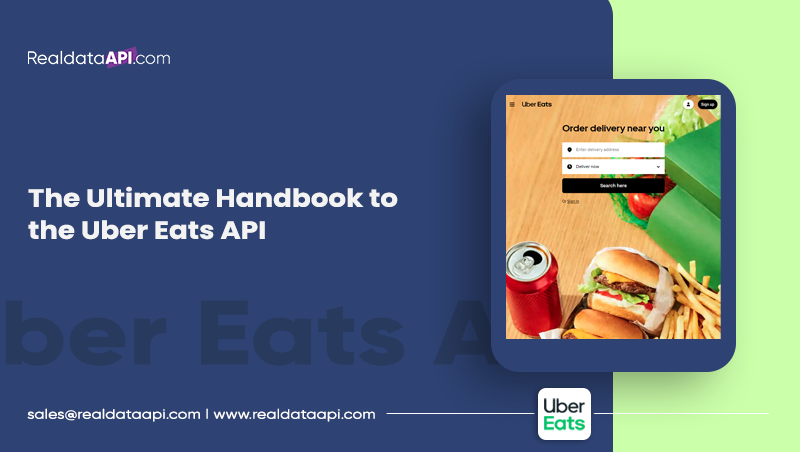
Introduction
Welcome to "The Ultimate Handbook to the Uber Eats API." In this comprehensive guide, we embark on a journey into the world of the Uber Eats API, exploring its significance, applications, and the myriad opportunities it presents to developers and businesses.
Uber Eats API is more than a technological enabler, but a gateway to a deeply transformative food delivery and hospitality experience born from the digital transformation of the food industry. At its core, the API positions itself at the forefront of this revolution, supporting the creative envisioning of new solutions aimed at connecting restaurants with delivery services and hungry customers. It's a catalyst for convenience, efficiency, and user-centric experiences. The business will use tools to scrape data from Uber Eats, gathering real-time insights into menu offerings, price and delivery times as well as the preferences of customers-to further help them optimize operations and deliver excellent value for their customers and partners
Through the Uber Eats API, one speaks not only of technological resources but also of the dynamic force that would shape the future for food delivery and hospitality. By tapping the Uber Eats Food Data Scraping, businesses will be granted deep insight into restaurant menus, pricing trends, delivery logistics, and customer preferences. Let's follow them on this journey as we unlock its potential and discover how this can make innovation, convenience, and seamless experiences for everyone. In the current stage, possibilities become endless for developers, restaurateurs, and business decision-makers using Uber Eats API.
The Uber Eats API is not just a technological resource; it's a dynamic force shaping the future of food delivery and hospitality. Join us on this journey as we unlock its potential and discover how it can drive innovation, convenience, and seamless experiences for all.
Getting Started
Understanding the Uber Eats API

The Uber Eats API is the digital backbone that powers the seamless food delivery experience. It's the technology that connects restaurants, delivery drivers, and customers, making it possible to order food with a few taps on a smartphone. The API provides developers tools and endpoints to integrate Uber Eats' features into their applications or services.
Benefits for Developers
So, how can developers benefit from the Uber Eats API? The possibilities are vast. Here are some of the key advantages:
Enhanced User Experience: By integrating the API, developers can offer users a streamlined and user-friendly way to browse menus, place orders, and track deliveries. This can lead to increased user engagement and loyalty.
Access to a Vast Network: The Uber Eats platform has an extensive network of restaurants and delivery drivers. Developers can tap into this network, offering users a wide array of dining options and ensuring timely delivery.
Monetization Opportunities: Developers can earn commissions or fees for orders placed through their applications. This creates a revenue stream that can be incredibly lucrative if the application has a large user base.
Customization: The Uber Eats API allows developers to customize the user interface and user experience within their applications. This allows for branding and customization to align with the developer's vision.
Accessing and Setting up the Uber Eats API
Accessing the Uber Eats API involves a few fundamental steps:
Register as a Developer: Developers must sign up on the Uber Developer platform. This registration process is essential to access the API and its documentation.
Create an Application: Once registered, developers must create an application within the developer portal. This application serves as the platform for integrating the API.
Access API Documentation: After setting up the application, developers can access the API documentation, which provides detailed information about endpoints, data structures, and integration procedures.
Generate API Keys: Developers must generate API keys from the developer portal. These keys are used to authenticate and authorize API requests from their applications.
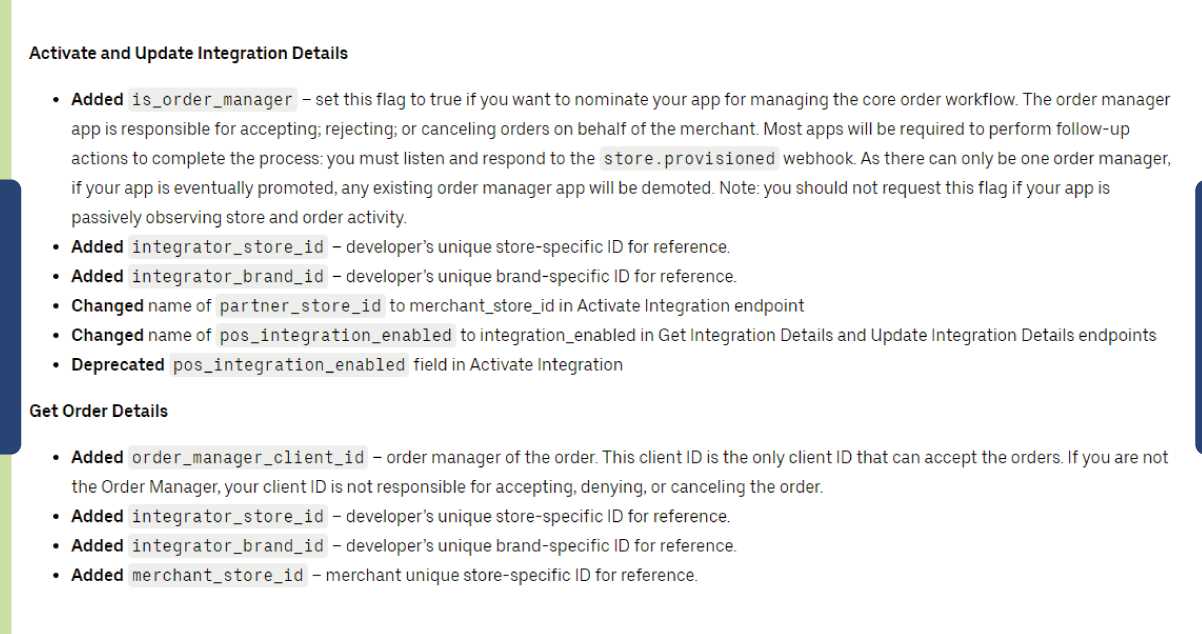
Development and Testing: With API keys, developers can integrate the Uber Eats API into their applications. This typically involves programming and testing to ensure a seamless user experience.
The Uber Eats API, on the other hand, could be a game-changer for all food delivery applications and services. With it, developers can customize and utilize the full breadth of its network, hence generating revenue and creating innovative, user-centric solutions in food delivery. This service or resource uses its capability to Scrape Uber Eats API Data for Restaurant Insights to gain access to essential information such as menu items, pricing, delivery times, and customer feedback. With this data, restaurants can optimize their offerings, enhance the efficiency of services delivered, and increase customer satisfaction, thereby giving a competitive edge in the rapidly growing world of food delivery.
Exploring Uber Eats API Endpoints
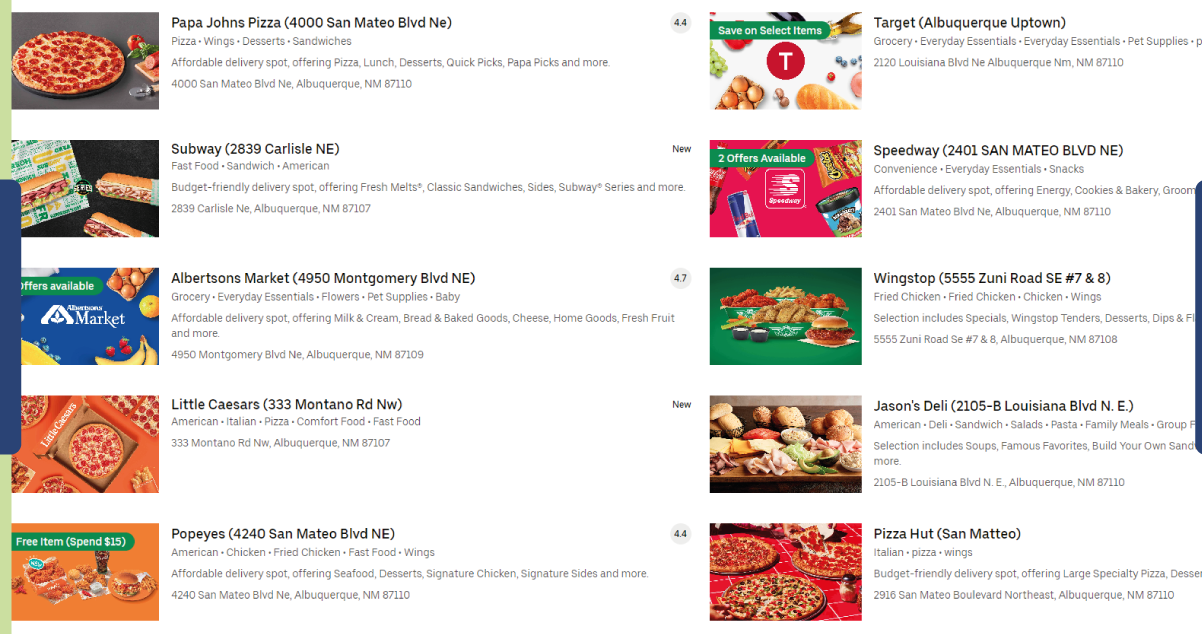
The Uber Eats API is a treasure trove of functionalities, and its core endpoints serve as the gateway to a world of possibilities for developers. This section will unveil some fundamental API endpoints and explain their functions.
Restaurant Information Endpoint: This endpoint provides detailed information about restaurants on the Uber Eats platform. Developers can retrieve data such as the restaurant's name, location, cuisine type, menu items, pricing, and customer reviews. This information is crucial for displaying restaurant options and enabling users to browse menus.
Menu Endpoint: The menu endpoint offers developers access to a restaurant's menu items. It allows retrieving individual dishes' data, including their names, descriptions, prices, and availability. This data is essential for presenting users with a comprehensive and delicious menu selection.
Order Placement Endpoint: This endpoint is the cornerstone of the Uber Eats API, enabling developers to place orders on behalf of users. Developers can specify the restaurant, menu items, delivery location, and special instructions. This functionality is integral to the core feature of the Uber Eats platform.
Delivery Status Endpoint: The delivery status endpoint provides real-time updates on the progress of an order. Developers can use this information to keep users informed about the status of their delivery, including the estimated arrival time and the delivery driver's current location.
Sample Requests and Responses
To illustrate the API's capabilities, let's consider a sample scenario:
Sample Request

Sample Response
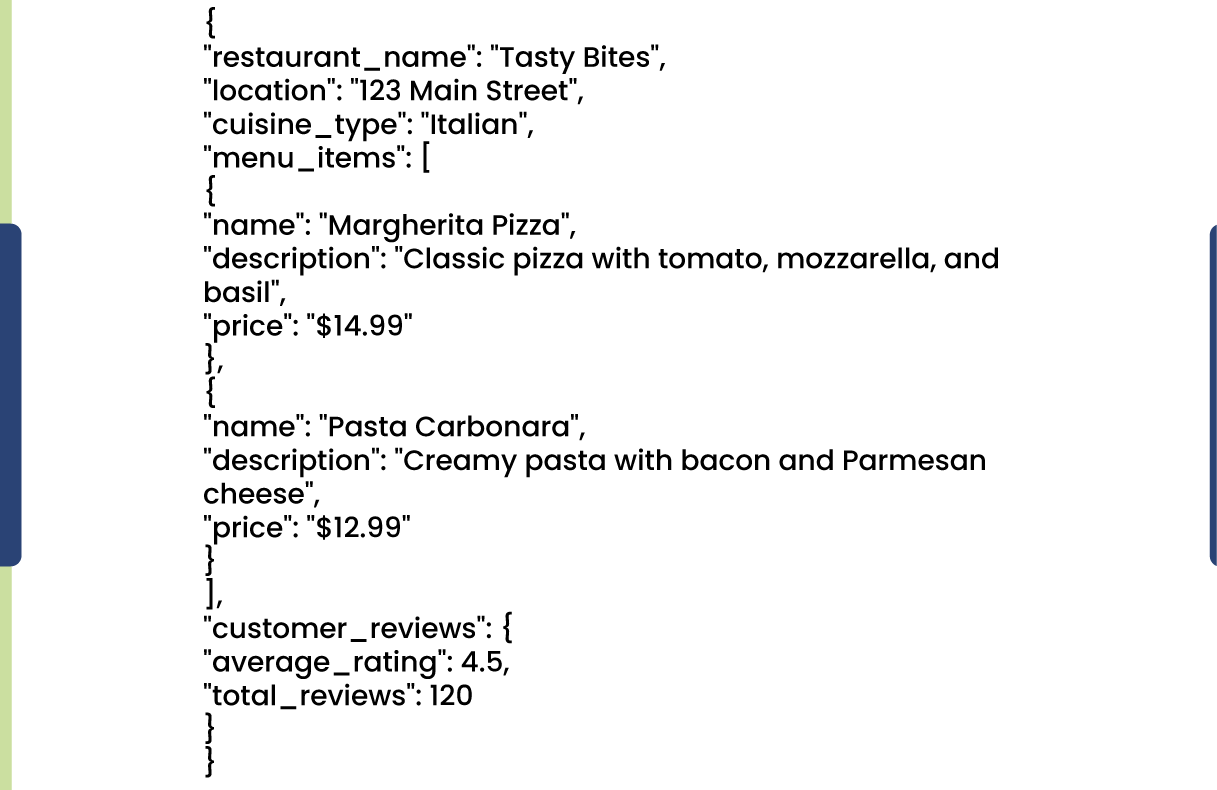
In this example, the "restaurant-information" endpoint retrieves details about a restaurant with the ID "12345." The response includes the restaurant's name, location, cuisine type, menu items, and customer reviews.
These sample requests and responses showcase just a glimpse of the Uber Eats API's capabilities. Developers can leverage these endpoints to create applications that offer users a seamless and satisfying food delivery experience.
Ensuring Security in Uber Eats API
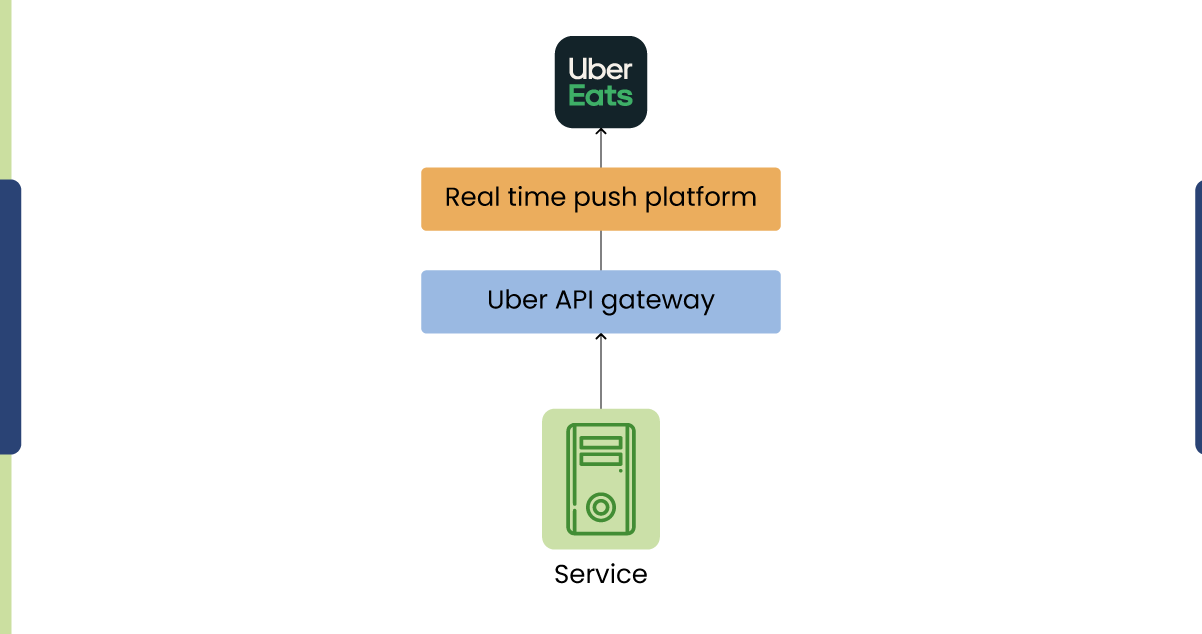
Security is paramount when working with APIs, and the Uber Eats API is no exception. It employs robust security measures and authentication methods to safeguard sensitive data and maintain the integrity of interactions. In this section, we'll dive into the security aspects of the Uber Eats API.
1. API Key Authentication: API key authentication is a fundamental layer of security. Developers must generate API keys through the Uber Developer portal. These keys serve as a form of authentication, ensuring that only authorized applications can access the API. It's crucial to keep API keys confidential to prevent unauthorized access.
2. OAuth 2.0: For user-specific data and interactions, OAuth 2.0 is often employed. This protocol allows developers to request user consent for accessing their Uber Eats data. It provides a secure and standardized way to manage user authentication and authorization.
3. Data Encryption: All data transmitted via the Uber Eats API is encrypted using industry-standard protocols such as HTTPS. This encryption ensures that data between the application and the API is protected from eavesdropping and tampering.
4. Rate Limiting: Rate limiting is implemented to prevent abuse or overuse of the API. Developers are typically allowed a certain number of requests within a specific time frame. Exceeding these limits can result in temporary or permanent suspension of API access.
5. Authentication Tokens: When using OAuth 2.0, authentication tokens are generated for specific interactions. These tokens have a limited lifespan and must be regularly refreshed. This practice enhances security by ensuring that even if a token is compromised, it remains valid for only a limited time.
Best Practices for API Security
Keep API Keys Secure: Treat API keys like sensitive passwords. Never expose them in public repositories or share them with unauthorized parties.
Use HTTPS: When making requests to the API, always use HTTPS to encrypt data in transit.
Implement OAuth Safely: If using OAuth 2.0, follow best practices for implementing the protocol securely. This includes validating redirect URIs, safeguarding client secrets, and adequately handling tokens.
Regularly Rotate Keys and Tokens: To mitigate risks, regularly rotate API keys and authentication tokens, especially if there is a suspicion of compromise.
Monitor API Activity: Monitor API activity and set up alerts for unusual or suspicious behavior, which can indicate security breaches.
Security is an ongoing commitment, and developers should stay informed about evolving threats and security best practices to ensure the safety of their applications and user data when working with the Uber Eats API.
Working with Uber Eats Data through the API

The Uber Eats API offers a rich source of data that can be collected, analyzed, and manipulated to create data-driven applications that enhance the food delivery experience. Here's how developers can work with Uber Eats data through the API:
1. Data Collection
Menu and Restaurant Information: Developers can collect detailed data about restaurant menus, including item names, descriptions, prices, and customer reviews. This information can be retrieved through the menu and restaurant information endpoints.
Order History: The API allows for retrieving order history, providing insights into a user's past orders, preferred restaurants, and recurring menu choices.
2. Data Analysis
User Behavior Analysis: Developers can gain insights into user behavior by analyzing order histories and menu choices. For example, which restaurants are most popular, what types of cuisines users prefer, and how often they order food can be determined.
Pricing Analysis: Developers can analyze pricing data to identify trends in menu item prices, seasonal fluctuations, and the impact of discounts and promotions on user behavior.
3. Data Manipulation
Personalized Recommendations: Using collected data, developers can create algorithms that offer personalized restaurant and menu item recommendations based on a user's past orders and preferences.
Dynamic Menu Updates: Developers can manipulate menu data to provide real-time updates to users, ensuring they see accurate menu items, availability, and pricing.
Real-World Examples of Data-Driven Applications
1. Personalized Menus: An application can use Uber Eats data to create personalized user menus. If a user frequently orders vegetarian dishes, the app can highlight vegetarian options or create a customized menu.
2. Predictive Ordering: An app can predict a user's next order by analyzing order history and user behavior. For instance, if a user consistently orders pizza on Fridays, the app can suggest pizza orders on future Fridays.
3. Pricing Optimization: Restaurants can use pricing data to optimize their menu pricing, considering demand fluctuations and the competitive landscape.
4. Delivery Time Estimates: Using order history and real-time data, an app can provide accurate delivery time estimates to users, improving the user experience.
Working with Uber Eats data through the API empowers developers to create innovative and data-driven applications that cater to users' preferences and enhance the efficiency and convenience of the food delivery process. These real-world examples illustrate the practical applications of data-driven insights derived from the Uber Eats API.
Building Uber Eats Apps Using the API: A Step-by-Step Guide
Developing Uber Eats applications using the API can be a rewarding endeavor. Below is a step-by-step guide to help you get started:
1. Register as a Developer
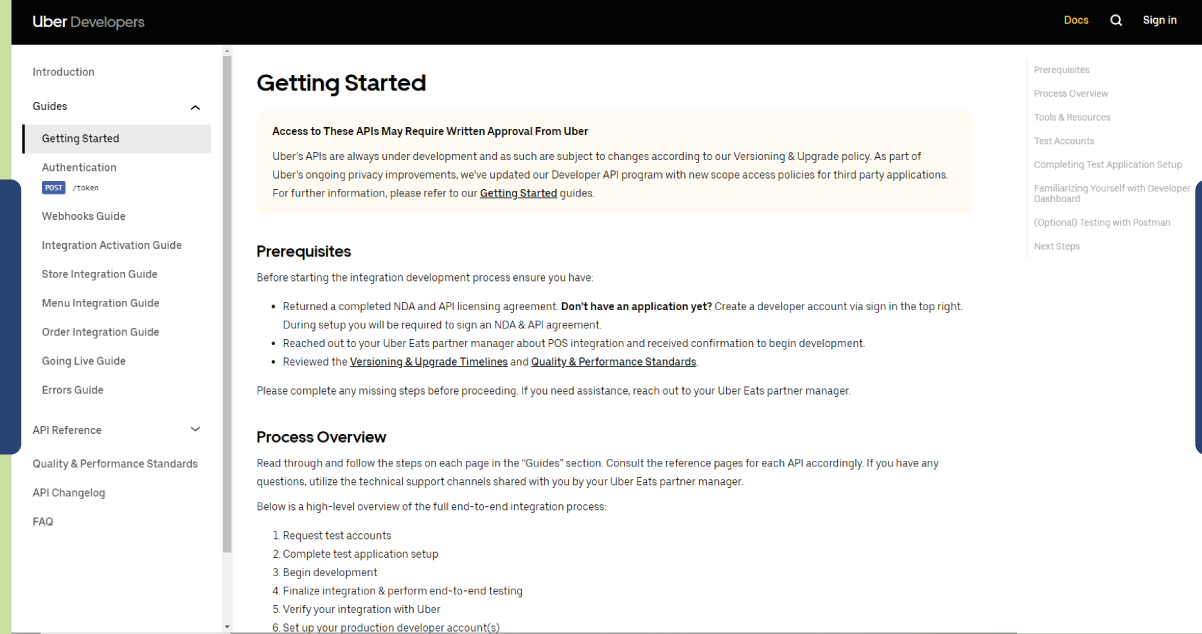
Begin by signing up as a developer on the Uber Developer platform. This registration provides access to the Uber Eats API and related resources.
2. Create an Application
Within the developer portal, create an application. This application is the platform for integrating the Uber Eats API into your software.
3. Generate API Keys
Once your application is set up, generate API keys. These keys will be essential for authenticating and authorizing your API requests.
4. Access API Documentation
Explore the API documentation to understand the available endpoints, data structures, and integration procedures. Familiarize yourself with the API's capabilities.
5. Develop API Integration
Begin developing the integration of the Uber Eats API into your application. This involves requesting API endpoints, such as retrieving restaurant information menus and placing orders.
6. Implement User Authentication
If your application requires user-specific data, implement OAuth 2.0 for user authentication. This ensures that user interactions with the API are secure and authorized.
7. Test Your Application
Thoroughly test your application to ensure that API interactions work as expected. Test various scenarios, including order placement, menu retrieval, and user-specific features.
8. Optimize for User Experience
Focus on creating a user-friendly and engaging app. Implement intuitive navigation, a visually appealing user interface, and features that enhance the user experience.
9. Monitor and Maintain
Regularly monitor your application for any issues or performance bottlenecks. Address user feedback and update as needed to improve app functionality and security.
Tips for Creating User-Friendly and Engaging Uber Eats Apps
Simplified User Interface: Keep the user interface clean and straightforward. Prioritize ease of use with clear menu options and intuitive navigation.
Real-Time Updates: Give users real-time updates on order status and delivery progress to keep them informed and engaged.
Personalization: Implement features that offer personalized recommendations based on user behavior and order history.
In-App Payments: Offer secure and convenient in-app payment options to streamline checkout.
Feedback and Ratings: Allow users to provide feedback and ratings for orders and delivery experiences. Use this feedback to improve service quality.
Promotions and Discounts: Implement features for users to easily apply promotions or discounts to their orders, making the app more appealing.
Building an Uber Eats application using the API is a dynamic process that combines technical proficiency with a focus on user experience. By following these steps and incorporating user-friendly features, you can create an engaging and successful app in the food delivery industry.
Case Studies: Success Stories with the Uber Eats API
Case studies offer valuable insights into how developers and businesses have harnessed the power of the Uber Eats API to create innovative solutions. Here, we showcase a few successful projects that demonstrate the versatility of the API.
1. Food Delivery Aggregator App
Objective: To simplify food ordering by aggregating multiple food delivery services, including Uber Eats, in a single app.
How the API is Leveraged: The Uber Eats API is integrated to access restaurant and menu data. Users can browse menus, compare prices, and place orders from multiple restaurants through a single interface.
Outcome: The app gained popularity by offering a one-stop solution for food delivery, making it easier for users to explore diverse cuisines and select the best options.
2. Smart Menu Personalization
Objective: To enhance the user experience by offering personalized menu recommendations.
How the API is Leveraged: The Uber Eats API retrieves users' order histories, favorite restaurants, and menu choices. Machine learning algorithms analyze this data to provide personalized menu recommendations for users.
Outcome: Users report increased satisfaction and engagement as they receive tailored suggestions based on their preferences, leading to higher order frequency.
3. Restaurant Chain Integration
Objective: A national restaurant chain sought to expand its reach and offer delivery services through the Uber Eats platform.
How the API is Leveraged: The Uber Eats API is integrated into the restaurant chain's ordering system, allowing them to receive and manage orders directly from the Uber Eats app.
Outcome: The restaurant chain experienced increased visibility and order volume by tapping into the Uber Eats user base, leading to higher revenue and brand recognition.
4. Real-Time Delivery Tracking
Objective: To provide users with real-time tracking of their food deliveries.
How the API is Leveraged: The Uber Eats API's delivery status endpoint provides users with accurate and real-time updates on the status and location of their orders and delivery drivers.
Outcome: Users appreciate the transparency and convenience of real-time tracking, leading to improved user satisfaction and trust in the service.
These case studies showcase how the Uber Eats API has been applied to create solutions that enhance the food delivery experience. Whether aggregating multiple delivery services, personalizing menus, expanding the reach of restaurant chains, or offering real-time tracking, the API's adaptability is a testament to its potential for developers and businesses.
Best Practices for Using the Uber Eats API Effectively
Secure API Keys: Treat your API keys like sensitive passwords. Keep them confidential and never expose them in public repositories or share them with unauthorized parties. Regularly rotate your keys for added security.
Use HTTPS: When making requests to the API, always use HTTPS to encrypt data in transit. This ensures that data exchanged between your application and the API remains confidential and protected from eavesdropping.
Implement OAuth 2.0 Securely: If your application requires user-specific data, implement OAuth 2.0 securely. Follow best practices for handling tokens and client secrets, validate redirect URIs, and ensure user consent is obtained correctly.
Rate Limiting: Adhere to rate limits defined by the API to prevent abuse or overuse. Exceeding these limits can lead to temporary or permanent suspension of API access. Monitor your application's usage to stay within these limits.
Authentication Tokens: If using OAuth 2.0, regularly rotate authentication tokens. This mitigates the risks associated with long-lived tokens and ensures that even if a token is compromised, it remains valid for only a limited time.
Regular Monitoring: Keep an eye on your application's API activity. Set up alerts for unusual or suspicious behavior, indicating security breaches or unauthorized access.
Error Handling: Implement robust error handling to manage unexpected issues gracefully. Handle and report errors to users clearly and user-friendly to prevent frustration.
Testing and Validation: Test your application with various scenarios, including valid and invalid API responses, network failures, and edge cases. Ensure that your application gracefully handles these situations.
Common Pitfalls to Avoid
Avoid exposing your API keys in client-side code or public repositories. Unauthorized access to your API keys can result in security breaches.
Exposing API Keys:
Ignoring Rate Limits: Failing to respect rate limits can lead to temporary or permanent suspension of API access. Keep track of your application's rate limits and usage.
Inadequate Data Validation: Insufficient data validation can result in vulnerabilities like injection attacks. Always validate data from external sources and sanitize inputs.
Neglecting Error Handling: Please handle errors gracefully to ensure good user experiences. Provide clear and informative error messages to guide users.
Storing Sensitive Data: Avoid storing sensitive data such as API keys or tokens in plain text within your application. Use secure storage methods like environment variables or secure storage solutions.
Neglecting Monitoring: Failing to monitor your application's API interactions can lead to unnoticed issues or security breaches. Set up alerts and monitoring systems to stay informed.
Ignoring Security Updates: Stay informed about the Uber Eats API's security updates and best practices. Ignoring updates can leave your application vulnerable to new threats.
By following these best practices and avoiding common pitfalls, you can ensure the secure and effective use of the Uber Eats API in your applications while providing users with a seamless and trustworthy experience.
Future Trends in the Food Delivery Landscape and API Adaptations
The food delivery industry is evolving rapidly, and the Uber Eats API will likely adapt to these changes to remain at the forefront of the market. Here's a glimpse of future trends in the food delivery industry and how the API might evolve:
1. Enhanced Personalization
Trend: Food delivery apps will increasingly focus on personalization, offering tailored menu recommendations based on user preferences, dietary restrictions, and past orders.
API Adaptation: The Uber Eats API may offer more robust tools for developers to access and leverage user data, enabling even more personalized experiences.
2. Sustainable and Healthy Options
Trend: The demand for sustainable and healthy food options is growing. Users are looking for eco-friendly packaging and menus that cater to dietary needs.
API Adaptation: The API could provide data on restaurants offering sustainable and healthy options, helping developers create apps that align with these trends.
3. Ghost Kitchens and Virtual Brands
Trend: The rise of ghost kitchens and virtual brands allows restaurants to experiment with new concepts and menus, increasing variety in the food delivery landscape.
API Adaptation: The API may integrate data about ghost kitchen locations and virtual brand offerings, giving developers more content to work with.
4. Contactless Delivery
Trend: The COVID-19 pandemic accelerated the demand for contactless delivery. Users expect features like contactless payments and safe drop-off options.
API Adaptation: The API could facilitate contactless delivery features, allowing developers to create applications that prioritize safety.
5. Diverse Delivery Modes
Trend: Delivery by drones, robots, and autonomous vehicles is on the horizon. Users may have various delivery options beyond traditional drivers.
API Adaptation: The API could include endpoints for accessing data on alternative delivery modes, enabling developers to build apps offering various delivery choices.
Predictions and Trends for the Uber Eats API
API Expansion: The Uber Eats API will likely expand its data offerings, providing developers with more comprehensive access to restaurant data, menu information, and delivery options.
Advanced Analytics: The API may include more advanced analytics and data insights to help developers understand user behavior and make data-driven decisions.
Seamless Integrations: As the food delivery landscape becomes more diverse, the API might aim to provide seamless integrations with various delivery modes, including drones and autonomous vehicles.
User-Centric Features: User-centric features, like improved order tracking and personalization, are expected to be a focus of the API to meet growing user demands.
Eco-Friendly Data: With the increasing emphasis on sustainability, the API might offer data on eco-friendly restaurant practices and packaging.
The food delivery industry is poised for continued growth and innovation. As trends continue to emerge, the Uber Eats API will likely evolve to provide developers with the tools and data they need to create applications that cater to the changing demands of users in this dynamic landscape.
Conclusion: Mastering the Uber Eats API
This comprehensive handbook explored the Uber Eats API, its significance, applications, and best practices for practical use. You've learned how to build Uber Eats apps, seen real-world case studies, and gained insights into future trends in the food delivery landscape. Let's summarize the key takeaways and encourage you to embark on your API projects.
Key Takeaways
- The Uber Eats API is a powerful tool that allows developers to create innovative food delivery applications and enhance the user experience.
- Security is paramount when working with APIs, so ensure the safe handling of API keys and sensitive data.
- Personalization and user-centric features are the key to creating engaging and successful Uber Eats applications.
- Case studies have demonstrated the diverse range of applications powered by the Uber Eats API, from aggregator apps to menu personalization.
- Best practices and common pitfalls have been outlined to help you use the API effectively and avoid potential issues.
- The food delivery industry is evolving, with trends towards personalization, sustainability, and diverse delivery modes.
Embark on Your API Projects
Now, it's time for you to embark on your API projects. Whether you're building the next generation of food delivery apps, experimenting with menu personalization, or exploring the exciting possibilities of contactless delivery, the Uber Eats API is your gateway to innovation.
If you're ready to take action and dive into your API project, we encourage you to explore the Real Data API. Real Data API provides the tools and resources to bring your ideas to life. Connect with the API, gather valuable data, and create applications that shape the future of food delivery and user experiences.
The possibilities are endless, and the API is your key to unlocking them. Start your journey today, and let your creativity and innovation shine in food delivery and beyond.













